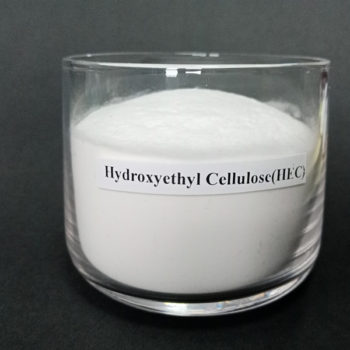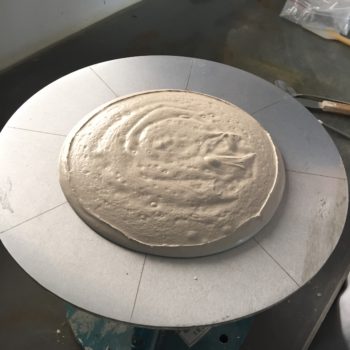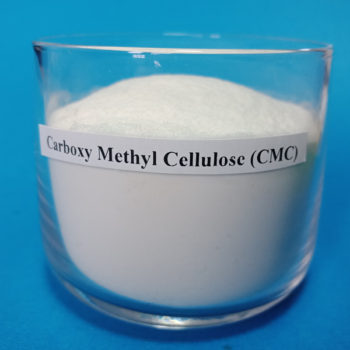The role of methyl cellulose ether (CMC)
Type of methyl cellulose ether
A. Hydroxypropyl methyl fiber (HPMC), which is mainly made of high-purity refined cotton as a raw material, and is specially etherified under alkaline conditions.
B. Hydroxyethyl methylcellulose (HEMC), a nonionic cellulose ether, has a white powder appearance and is odorless and tasteless.
C. Hydroxyethyl cellulose (HEC), a nonionic surfactant, has a white appearance and is odorless, tasteless and easy to flow.
The above are nonionic cellulose ethers, as well as ionic cellulose ethers such as carboxymethyl cellulose ether (CMC).
In the use of dry mortar, ionic cellulose (CMC) is unstable in the presence of calcium ions. Therefore, it is rarely use in inorganic gelling systems using cement and slake lime as cementing materials.
In some places, some of the interior wall putty made of modified starch as the main cementing material and double fly powder is used as the filler. It is the use of CMC as a thickener. However, this product is gradually eliminated by the market because it is prone to mildew and is not resistant to water. At present, the cellulose ether mainly used in China is HPMC.
Cellulose ether is mainly used as a water retaining agent and a thickener in cement-based materials.
Its water retention prevents the substrate from absorbing too much moisture and hindering the evaporation of moisture. This ensures that the cement has enough water when it is hydrat.
Taking the surface operation as an example, when the ordinary cement slurry is apply to the base surface, the dry porous substrate absorbs water rapidly and rapidly from the slurry. The cement slurry layer close to the base layer easily loses the water required for hydration, so that not only a cement gel having a bond strength can be formed on the surface of the substrate.
Moreover, it is easy to lift up and seep, so that the surface cement layer is easy to fall off. When the smeared cement slurry is thin, it is easy to form cracks in the whole slurry. Therefore, in past plastering operations, water is usually use to wet the substrate. However, this operation is time-consuming and time-consuming, and the quality of operation is difficult to control.
In general, the water retention of the cement slurry increases as the content of the cellulose ether increases. The greater the viscosity of the added cellulose ether, the better the water retention.
In addition to water retention and thickening, cellulose ethers also have an effect on other properties of cement mortar. For example, retarding, venting, and increasing the bonding strength. Cellulose ether slows the cement hardening process, thereby extending the operational time. Therefore, it is sometimes use as a coagulant.
With the development of dry mortar, cellulose ether has become an important cement mortar admixture. However, there are many varieties of cellulose ethers, and the quality between batches is still fluctuating.
Also need to pay attention when using:
1. The working characteristics of the modified mortar are closely related to the development of the viscosity of the cellulose ether. Although the product has a nominal viscosity, the final viscosity is relatively large. However, due to the slower dissolution, it takes longer to obtain the final viscosity;
In addition, the cellulose ether having a relatively large particle size takes a longer time to obtain the final viscosity. Therefore, products that are not more viscous will certainly achieve better working characteristics.
2. Due to the limitation of the polymerization degree of the cellulose ether raw material, the maximum viscosity of the cellulose ether is also limit.
3, need to be good in the purchase, production process and factory inspection, to avoid quality fluctuations



